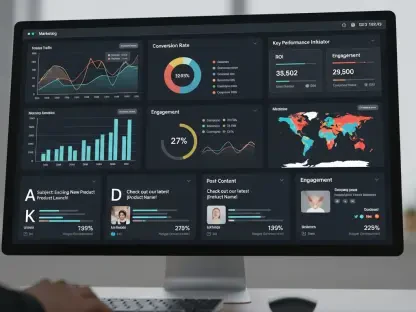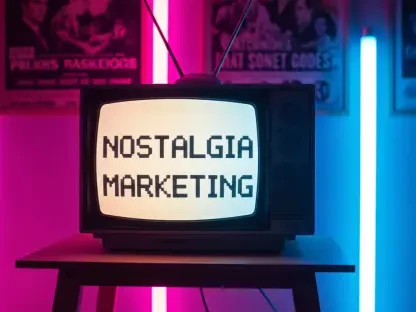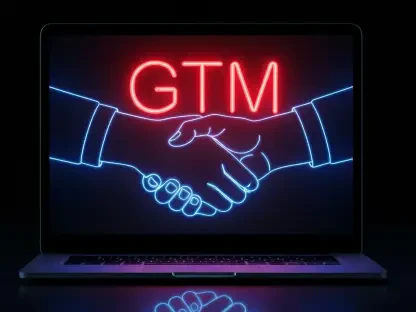I’m thrilled to sit down with Milena Traikovich, a renowned expert in demand generation who has transformed the way businesses nurture high-quality leads. With her deep expertise in analytics, performance optimization, and lead generation strategies, Milena has helped countless companies refine their marketing efforts through innovative approaches like behavioral segmentation. In this interview, we dive into the psychology of customer behavior, exploring how understanding past actions can predict future decisions, the power of personalized marketing, and the different ways businesses can categorize customers to drive engagement and sales. Join us as we uncover actionable insights into making marketing more effective and efficient.
How would you explain behavioral segmentation to someone who’s new to the concept, and why does it matter in marketing?
Behavioral segmentation is all about grouping customers based on how they act—think about what they buy, how they interact with a brand, or even how often they use a product. It’s like looking at their past behavior to get a sneak peek into what they might do next. This matters because it lets businesses tailor their marketing in a way that feels personal and relevant. Instead of guessing what a customer wants, you’re using real data to speak directly to their needs, which makes your efforts more impactful.
What are some of the biggest advantages of focusing on customer behavior over other marketing strategies?
One of the biggest wins is precision. When you zero in on behavior, you’re not just blasting out generic messages; you’re crafting campaigns that resonate with specific groups. This personalization often leads to better engagement and higher conversion rates. Plus, it’s cost-effective. You’re spending your budget on people who are already showing interest, rather than casting a wide net and hoping for the best. It saves time, too, since you’re focusing on strategies that are more likely to work.
Can you walk us through how segmenting customers by their stage in the buying journey can help a business grow?
Segmenting by the customer journey means recognizing where someone is in their path to purchase—whether they’re just discovering your brand, considering their options, or ready to buy. This helps because you can meet them where they are with the right message. For instance, someone in the awareness stage might need educational content or eye-catching ads to spark interest, while someone in the consideration stage could benefit from product comparisons or reviews. By aligning your approach with their mindset, you guide them smoothly toward a purchase, which can boost both short-term sales and long-term loyalty.
How do you go about measuring a customer’s engagement with a brand, and why is this insight so valuable?
Measuring engagement often involves tracking specific actions—like how often someone visits your website, opens your emails, or interacts with your social media posts. You can assign values to these actions to get a sense of their overall interest level. This insight is gold because it tells you who’s really into your brand and who might need a little nudge. For highly engaged customers, you might push transactional offers, while for others, you could focus on storytelling to build a deeper connection. It helps you prioritize your efforts and resources effectively.
When it comes to purchase behavior, what are some key patterns businesses should pay attention to, and how can they use this information?
Purchase behavior includes things like what products someone buys, how often, or even how quickly they make decisions. For example, noticing that a customer frequently buys a specific type of item lets you recommend similar or complementary products—think suggesting an umbrella to someone who bought rain boots. Understanding if they’re impulse buyers or careful researchers also helps. You might hit impulse buyers with flashy deals, while giving researchers detailed info or case studies. This kind of targeting makes your marketing feel less like a pitch and more like a helpful suggestion.
What’s involved in segmenting customers based on the benefits they’re seeking from a product, and how does this shape marketing campaigns?
This is about figuring out the ‘why’ behind a purchase—what problem or need is the customer trying to solve? You can uncover this through purchase history, feedback, or even how they engage with content. For instance, a skincare brand might notice some customers are focused on anti-aging while others want acne solutions. Once you know this, you can craft campaigns that highlight the exact benefits each group cares about, like emphasizing wrinkle reduction for one segment and clear skin for another. It makes your messaging hit home because it’s directly tied to their priorities.
Looking ahead, what’s your forecast for the future of behavioral segmentation in marketing?
I think behavioral segmentation is only going to get more sophisticated with advancements in technology, especially with AI and predictive analytics. These tools are already making it easier to analyze huge amounts of data and predict customer actions with incredible accuracy. In the future, I see businesses relying even more on real-time segmentation, where campaigns adapt instantly based on a customer’s latest behavior. This will create hyper-personalized experiences that feel almost intuitive to the customer, driving deeper connections and better results for brands.









